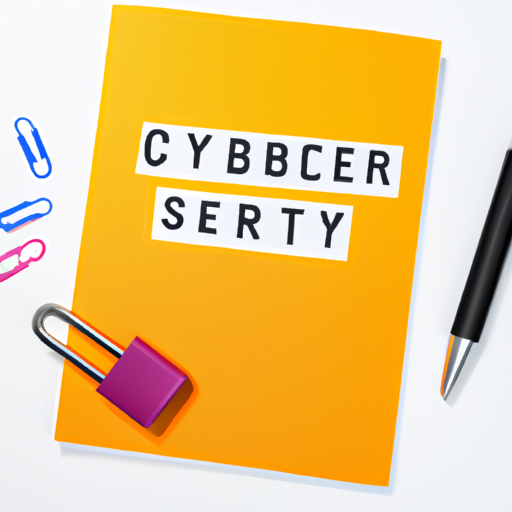As remote work continues to thrive, the importance of cybersecurity has skyrocketed. With the workforce shifting to home offices, businesses face new challenges in protecting sensitive data. In 2023, it’s crucial for organizations to adopt robust data protection measures to safeguard their remote workforce against sophisticated cyber threats. Here are some top strategies for enhancing cybersecurity in remote work settings.
1. Implement Strong Password Policies
Businesses should enforce strong password policies, requiring employees to use complex passwords and enabling multi-factor authentication (MFA). MFA adds an extra layer of security, making it more difficult for cybercriminals to gain unauthorized access.
2. Use Virtual Private Networks (VPNs)
Encouraging employees to use secure remote access through VPNs can protect sensitive company data while it’s transmitted over the internet. VPNs encrypt data, creating safer connections and reducing the risk of interception by malicious actors.
3. Regularly Update Software and Systems
Keeping software and systems updated is essential in cybersecurity. Companies should ensure that all devices used by remote employees have the latest security patches installed, to mitigate vulnerabilities that could be exploited by cyber threats.
4. Provide Cybersecurity Training
Investing in ongoing cybersecurity training for employees can significantly reduce the risk of human error. Training should cover topics such as recognizing phishing attempts, securely using company resources, and safe browsing practices.
5. Monitor Network Activity
Utilizing security tools to monitor network activity helps detect suspicious behavior or unauthorized access attempts. Organizations should have a clear response strategy in place for any security breaches to minimize damage and recover swiftly.
6. Establish Clear Security Policies
Companies should establish clear cybersecurity policies that outline expected behaviors for employees working remotely. These policies should include guidelines on data handling, device usage, and incident reporting procedures.
Conclusion
As remote work becomes the norm, enhancing cybersecurity is more critical than ever. By implementing these strategies, businesses can ensure that their remote workforce operates securely, protecting both the organization and employees from the evolving landscape of cyber threats.
For more information about strengthening your organization’s cybersecurity for remote work, stay tuned for our upcoming articles!




